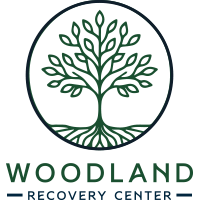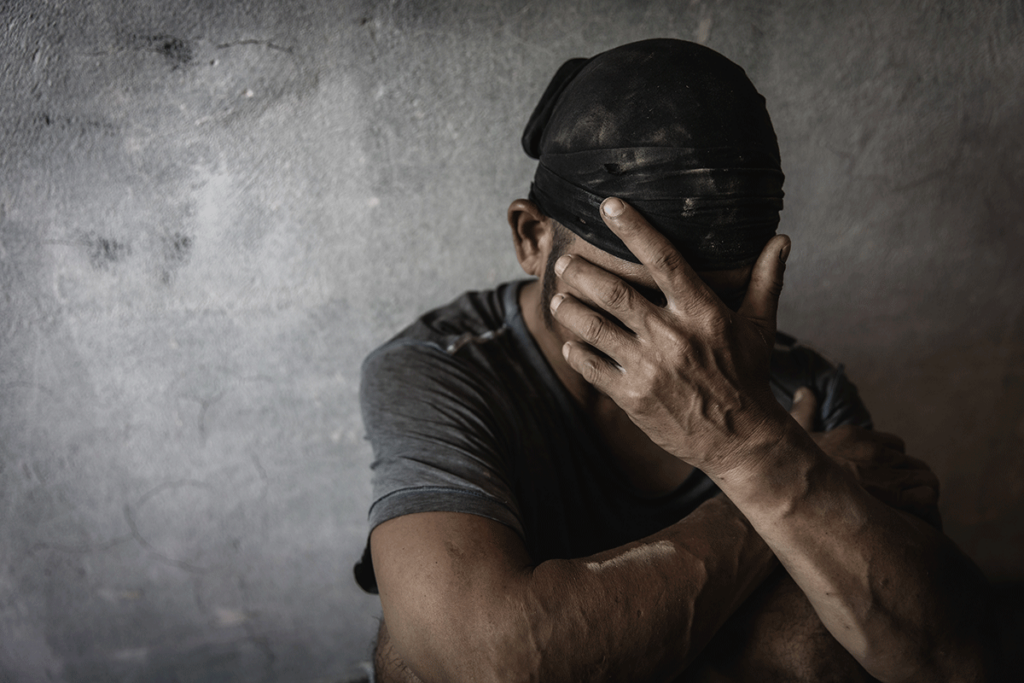Think about those moments when you’re just going through the motions, but something—a sound, a smell, even a glance—pulls you right back to a place you thought you’d left behind. For many living with post-traumatic stress disorder (PTSD), especially veterans, these triggers are more than reminders. They’re almost like being transported back to a different reality, one where it feels impossible to move forward. The condition isn’t just about memories. It’s a journey filled with distinct stages that can feel overwhelming to navigate alone.
At Woodland Recovery Center, we’re here to help you through each step, offering support that goes beyond just talking. In our PTSD treatment center, you’ll find experienced guidance and a community that’s walked similar paths. Healing doesn’t happen all at once, but as you move through each stage of PTSD, you’ll find the tools and understanding you need to take back control. To learn more, call us today at 662.222.2989.
The Importance of PTSD Healing
Post-traumatic stress disorder (PTSD) is more than just remembering a tough time or feeling shaken after a bad experience. It’s a condition that happens when a person goes through something so intense or terrifying that their mind and body have a hard time moving past it. For veterans, for example, these experiences often come from service in high-stress or dangerous situations. But PTSD can happen to anyone who’s been through something deeply distressing, and it can feel like being trapped in the same feelings, fears, and even physical reactions that the trauma first caused.
When someone has PTSD, they often experience “flashbacks” or vivid memories of the event, intense anxiety, or feel constantly on edge. It’s as if part of them is still living in that traumatic moment, even though they may want nothing more than to leave it in the past. This is why healing from PTSD is so important—it’s about learning to live without the trauma overwhelming you and being able to feel safe again in your own skin. Without addressing PTSD, people often feel isolated, anxious, or disconnected from others, which can lead to unhealthy coping methods, like addiction or withdrawing from the people they care about.
The 6 Stages of PTSD
The journey through PTSD is often marked by six identifiable stages. Each stage is distinct but interconnected, moving you through a process of understanding, acceptance, and, ultimately, healing.
1. The Impact Stage
Right after experiencing trauma, you might find yourself in shock. This stage, often called the “impact” or “emergency” phase, is when the effects of trauma are most intense, and emotions can feel out of control. This is the brain’s way of protecting you from the full force of what you’ve been through.
2. The Denial Stage
During this phase, it’s common to downplay the impact of the trauma, convincing yourself that it wasn’t that bad. Denial is a defense mechanism the brain uses to shield itself from the depth of pain. You may push away memories, distract yourself, or avoid places and people that remind you of the event.
3. The Intrusive Stage
Memories, flashbacks, and intense emotions start surfacing here. They come unannounced, often triggered by everyday situations. You might find yourself suddenly feeling the emotions as if the event is happening all over again. This is one of the toughest PTSD recovery stages, as the mind feels like it’s on a rollercoaster.
4. The Avoidance Stage
Avoidance is a natural response when memories are overwhelming. In this stage, people often try to steer clear of reminders of their trauma, from certain activities to specific people or places. Avoidance can provide short-term relief but keeps you from fully processing what happened.
5. The Understanding Stage
In this stage, you start to connect the dots. You recognize that these reactions, while painful, are a response to what happened. You may begin to understand that PTSD doesn’t mean you’re weak or broken. Instead, it’s a sign of the strength it took to survive something deeply challenging.
6. The Recovery Stage
Recovery isn’t about erasing the memory but finding a way to live with it. At this point, individuals are learning healthier ways to cope. The memory of the trauma might still be there, but it no longer dominates daily life. Recovery is a place where many people with PTSD, especially veterans who have dealt with addiction, find relief and purpose. They discover that they can live beyond their trauma, enjoying moments of peace and connection that once seemed out of reach.
Each of the stages of PTSD healing has its challenges, but with the right support, they can also become a stepping stone toward a more hopeful future.
Reach Out to Our PTSD Treatment Center at Woodland Recovery Center
At Woodland Recovery Center, we understand that healing from PTSD isn’t about just “getting over it”—it’s about taking back control and finding ways to truly live again. Our approach is centered on creating a supportive environment where you feel seen, heard, and genuinely understood. In our veterans’ program, we bring together people who’ve faced similar experiences—those who understand the challenges of returning from service and dealing with trauma that feels ever-present.
Our group therapy sessions are led by therapists who don’t just talk theory. They bring practical, tested approaches to help you navigate the reality of PTSD, like grounding techniques to keep you steady in the face of intrusive memories or personalized strategies to help with sleep disturbances. Take that step forward today—your recovery story starts here. Call us today at 662.222.2989 or use our online contact form to start building a new chapter in your life.



